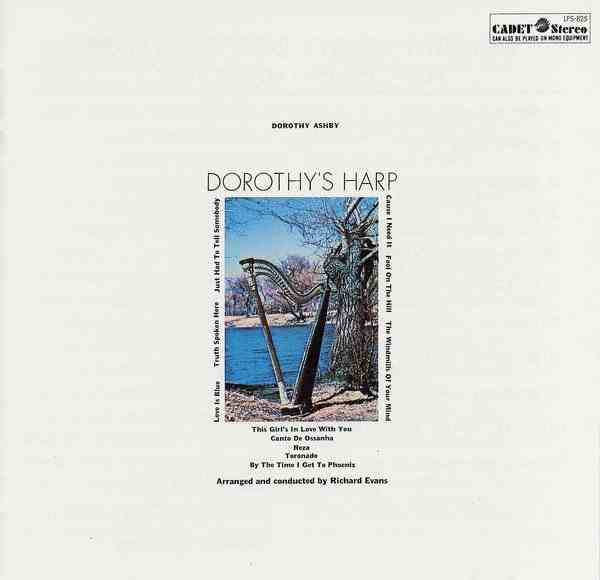2. Dorothy AshbyDorothy’s Harp

This is a fantastic record. These are all records that helped shape the aesthetic of Digs; they’re the records that got me into the kind of mindset of why I made that kind of selection. I think Dorothy’s Harp just has this feel to it. The Horrors were playing a festival somewhere in Scandinavia, and we were told that to get to the festival we could either do half an hour’s drive or take an hour on a yacht, and we were like, "We’ll take the hour on the yacht", and just listening to this while travelling through these fjords, waving to people and even the people going past on all the other boats, like the captain on the ship, [we] were just like "this is the perfect music for this". I think finding the perfect music for a situation or thinking about what kind of situation this music might be listened to in was a big part of putting the compilation together as well.
What I love about Dorothy’s Harp is that it feels very cultured; there are lots of different styles brought together on it and even if they weren’t necessarily authentically created in the cultural environments that they come from, it really sounds like they were.
Yeah. I think Richard Evans – who produced that album and a bunch of other records on Cadet around that same period – was just a fantastic producer, and he really nailed the sound of people like Dorothy Ashby. And she’s an astounding musician; if you hear a harp played on a jazz record, the chances are it’s played by one of two people, either Alice Coltrane or Dorothy Ashby, and this kind of stuff got me into jazz for some reason, I don’t know what it was. Before I heard Alice Coltrane and Dorothy Ashby weirdly it just didn’t connect, and then for some reason it was just like this magical sound that I really got behind. I play ‘By The Time I Get To Phoenix’ all the time when I’m DJing and people always wonder what that one is. It’s just a magical record.


